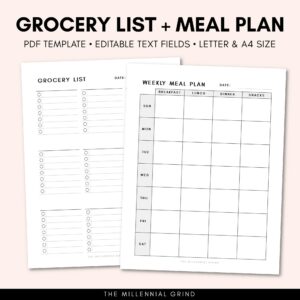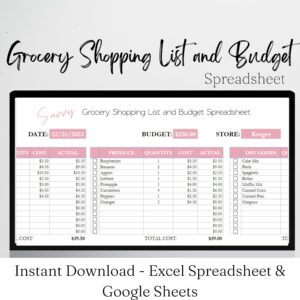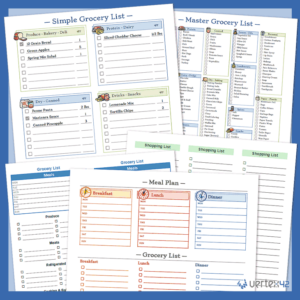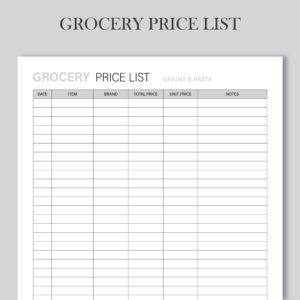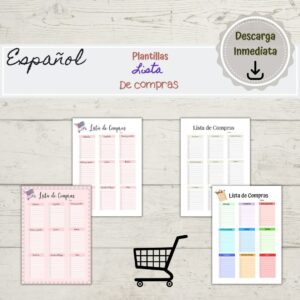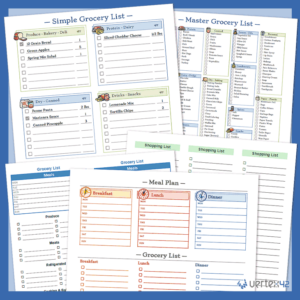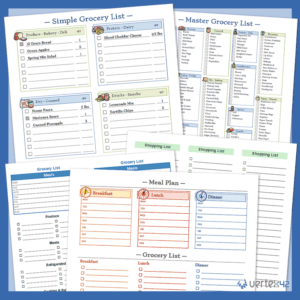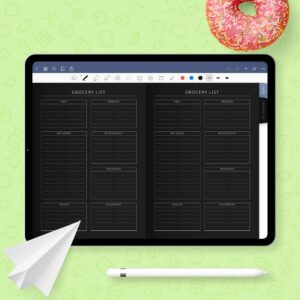Employing such a system offers several advantages, including reduced food waste through precise purchase quantities, minimized impulse buying by adhering to a pre-determined shopping list, and enhanced dietary control by planning meals in advance. Furthermore, it contributes to financial savings by preventing unnecessary expenditures and promoting efficient use of existing food supplies. The pre-emptive planning element promotes better eating habits by encouraging users to consider balanced and nutritious meals.
list
Grocery List Template With Money
Utilizing this type of planning aid can lead to reduced food waste by encouraging the purchase of only what is needed. It can also improve dietary habits through proactive meal planning, ensuring a balanced intake of essential nutrients. Furthermore, it provides a clear overview of anticipated expenditure, allowing for better allocation of household resources and potentially freeing up funds for other financial goals.
Grocery List Template With Cost Column
Employing such a system provides multiple advantages. It fosters financial awareness by requiring the shopper to consider the expense of each item. This structured approach can lead to a reduction in overall grocery spending and assists in maintaining adherence to a pre-defined budget. Furthermore, it allows for data collection and analysis of spending habits over time, facilitating more informed financial decisions regarding food purchases.
Grocery List Template With Budget
Employing a system for tracking grocery needs, paired with a spending limit, offers several advantages. It minimizes impulse buys, reduces food waste by encouraging the purchase of only necessary items, and assists in maintaining consistent adherence to a financial plan. Furthermore, it provides a clear record of spending habits, enabling informed adjustments to future budgets.
Grocery List Template In Spanish
Employing a pre-formatted document in Spanish yields several advantages. It minimizes potential miscommunication when shopping in Spanish-speaking locales, aids in inventory management by providing a clear record of needed items, and can contribute to reduced food waste through improved planning. The use of categories assists in navigating stores more effectively, leading to a more rapid and streamlined shopping experience.
Grocery List Template Every Day
Employing such a consistent approach provides several advantages. It streamlines the shopping process, saving time and effort. Pre-planning allows for better budget management, encouraging cost-conscious choices. Furthermore, it supports healthier eating habits through thoughtful meal planning and ingredient selection.
Grocery List Template Dairy Protein Fruit Canand
Utilizing a pre-defined structure for grocery planning can offer several advantages. It can reduce the likelihood of impulse purchases, promote adherence to dietary goals, and save time spent navigating the supermarket. Furthermore, it encourages a more conscious approach to food consumption, facilitating informed choices about nutritional content and overall diet quality.
Grocery List Template Check List
The use of such a structured aid offers several advantages. It reduces impulsive purchases, encourages meal planning, and helps maintain an accurate record of frequently purchased items. Furthermore, it minimizes the likelihood of returning to the store for forgotten necessities, saving time and resources.
Grocery List Template Android Tablets
Employing such digital resources offers several advantages. They facilitate inventory tracking, prevent forgotten items, and contribute to budget control by allowing for pre-shopping price comparisons and purchase planning. The mobility of a tablet allows for list updates at any location, adding to the convenience and efficiency of the shopping process. Furthermore, some applications provide features such as recipe integration and nutritional information, further enriching the user experience.
Grocery List Template 100 Days Of Real Food
Employing this type of pre-designed shopping guide helps individuals save time, reduce impulse purchases of less healthful items, and maintain focus on nutritional goals. It also encourages awareness of ingredient sourcing and supports the development of long-term healthy eating habits by reinforcing the consumption of fruits, vegetables, lean proteins, and whole grains.
